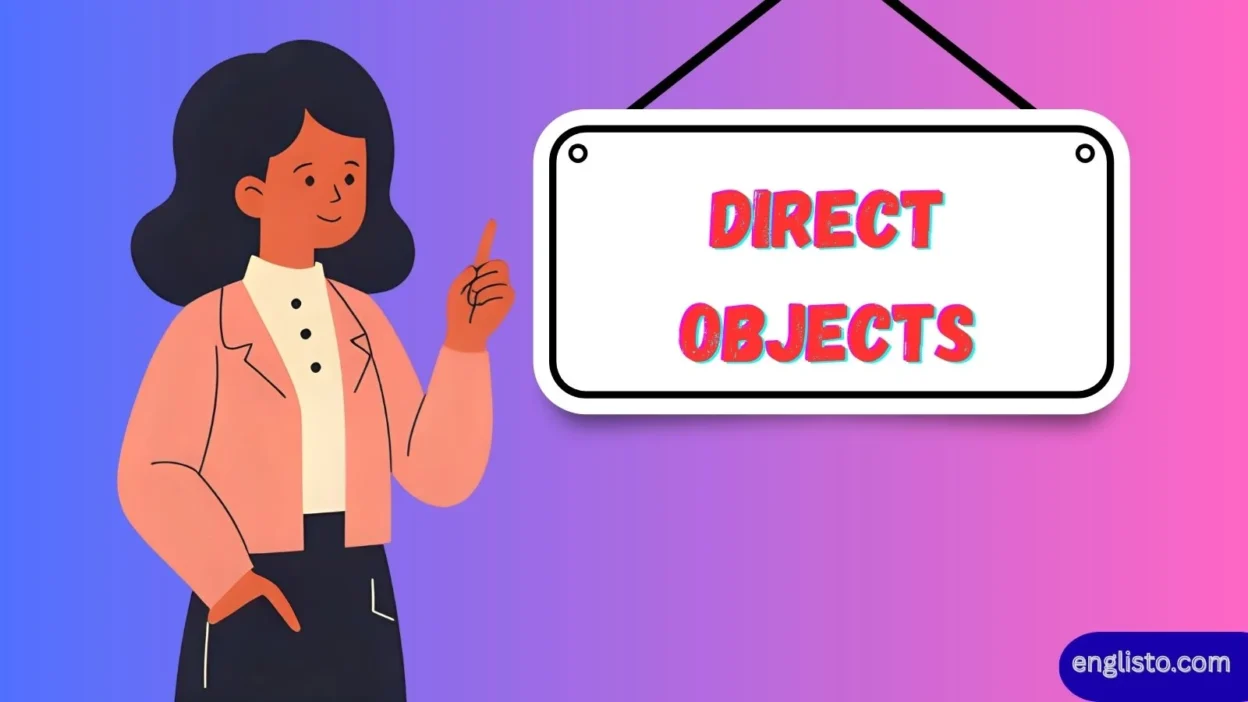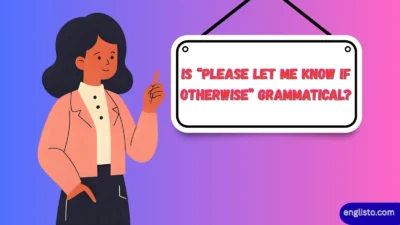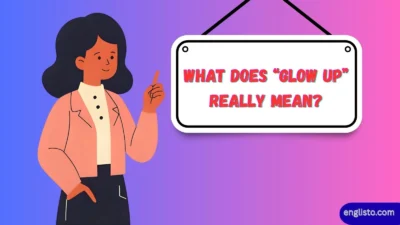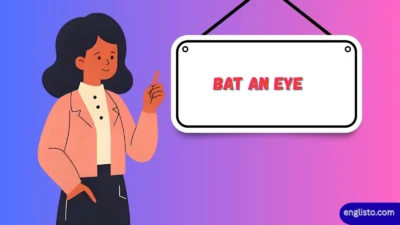Language is like music—it has rhythm, flow, and structure. Just as a melody needs notes, sentences need parts that work together to create meaning. One of the most crucial pieces of this puzzle is the direct object. Whether you’re writing an academic essay, crafting a business email, or just chatting with friends online, understanding direct objects can sharpen your grammar and boost clarity.
In this guide, we’ll dive deep into what direct objects are, how they function, and why they matter. We’ll explore rules, real-life examples, common mistakes, and even compare them with other grammatical elements. By the end, you’ll not only recognize direct objects but also use them effortlessly in your everyday writing.
What Is a Direct Object?
A direct object is the receiver of the action in a sentence. It answers the question “what?” or “whom?” after a verb.
- Example:
- She reads a book.
- (She reads what? → a book = direct object)
- She reads a book.
Think of it this way: if the verb is the action, the direct object is the target of that action. Without it, the sentence feels incomplete.
Key points:
- Direct objects follow transitive verbs (verbs that need an object to complete their meaning).
- They can be nouns, pronouns, phrases, or clauses.
Identifying Direct Objects
To spot a direct object, try this step-by-step approach:
- Find the verb in the sentence.
- Ask “what?” or “whom?” after the verb.
- The answer is the direct object (if there is one).
Examples:
| Sentence | Verb | Question Asked | Direct Object |
| The teacher explained the lesson. | explained | explained what? | the lesson |
| We watched a movie last night. | watched | watched what? | a movie |
| She called her friend. | called | called whom? | her friend |
Direct Objects vs. Indirect Objects
Here’s where many learners trip up: direct objects aren’t the same as indirect objects.
- Direct object: receives the action.
- Indirect object: tells to whom or for whom the action is done.
Example:
- He gave his sister (indirect object) a gift (direct object).
| Type | Function | Example |
| Direct Object | What/whom the verb acts upon | She bought a dress. |
| Indirect Object | To/for whom the action is performed | She bought her mom a dress. |
Tip: If you can rephrase the sentence with “to” or “for,” the indirect object is clear.
Types of Direct Objects
Direct objects aren’t always single words. They come in several forms:
Nouns
- He broke the glass.
- I love music.
Pronouns
- Did you see him?
- She invited us.
Noun Phrases
- They found the lost puppy in the park.
Clauses
- I know that she’s right.
- He believes what you said.
| Form of Direct Object | Example Sentence |
| Noun | She fixed the bike. |
| Pronoun | I met them at the cafe. |
| Noun Phrase | He spotted a tall man with a hat. |
| Clause | I understand why he left. |
Common Verbs That Take Direct Objects
Certain verbs almost always demand a direct object.
Action Verbs with Direct Objects:
- Buy (She bought a car.)
- Make (They made a mistake.)
- Write (I wrote a letter.)
- Build (He built a house.)
- Watch (We watched a movie.)
Stative Verbs with Direct Objects:
- Have (I have a dog.)
- Like (She likes chocolate.)
- Want (They want peace.)
| Verb Type | Example with Direct Object |
| Action | He painted the wall. |
| Stative | I prefer tea. |
Direct Objects in Active and Passive Voice
Understanding direct objects helps you switch between active and passive voice.
- Active voice: Subject → Verb → Direct Object
- The chef cooked a meal.
- The chef cooked a meal.
- Passive voice: Direct Object becomes the subject
- A meal was cooked by the chef.
- A meal was cooked by the chef.
👉 Knowing this makes your writing flexible and polished.
Real-Life Usage of Direct Objects
Direct objects aren’t just grammar jargon—they shape how we communicate.
In Everyday Speech:
- Can you pass the salt?
- I need help.
In Writing:
- Journalists: The report revealed corruption.
- Storytelling: The knight rescued the princess.
Without direct objects, many sentences would lose their punch.
Direct Objects and Prepositional Phrases
Sometimes learners confuse prepositional objects with direct objects. But they’re not the same.
- Direct object: follows the verb directly.
- Prepositional object: follows a preposition.
Example:
- She looked at the painting.
- Here, painting is the object of the preposition at, not a direct object.
- Here, painting is the object of the preposition at, not a direct object.
| Type | Example Sentence |
| Direct Object | He kicked the ball. |
| Prepositional Obj | He looked at the ball. |
Synonyms and Related Terms
Writers and teachers often use different words to talk about direct objects. Understanding them helps with grammar books, ESL resources, and academic texts.
| Term/Expression | Meaning |
| Object of the verb | Another name for direct object |
| Complement (object type) | Broader category, includes objects |
| Accusative case (linguistics) | Grammatical case of direct object |
Common Mistakes with Direct Objects
Even advanced learners slip up with direct objects. Let’s break down the usual errors:
Dropping the Object
❌ She gave.
✔️ She gave a gift.
Mixing Up Subject and Object Pronouns
❌ Me love she.
✔️ I love her.
Confusing Prepositional Objects
❌ She listens the music.
✔️ She listens to the music.
Quick Test to Spot Direct Objects
Try answering:
- He kicked the ball. (What did he kick? → the ball)
- They admire her. (Whom do they admire? → her)
- We wrote a poem. (What did we write? → a poem)
If you can answer what? or whom?, you’ve got the direct object.
Why Direct Objects Matter in Writing
Direct objects do more than complete sentences. They:
- Make writing clear and powerful.
- Help form passive voice constructions.
- Shape storytelling and persuasion.
A sentence without a direct object often feels flat:
- “He gave.” (incomplete)
- “He gave a speech.” (clear, meaningful, impactful)
Conclusion
Direct objects might seem small, but they carry heavy weight in English grammar. They complete the action, give clarity, and add impact to communication. Whether it’s a noun, pronoun, phrase, or clause, the direct object makes the verb meaningful.
By recognizing direct objects, you not only avoid grammar mistakes but also write and speak with confidence. Next time you read or craft a sentence, look for that little powerhouse—the direct object—that ties everything together.



